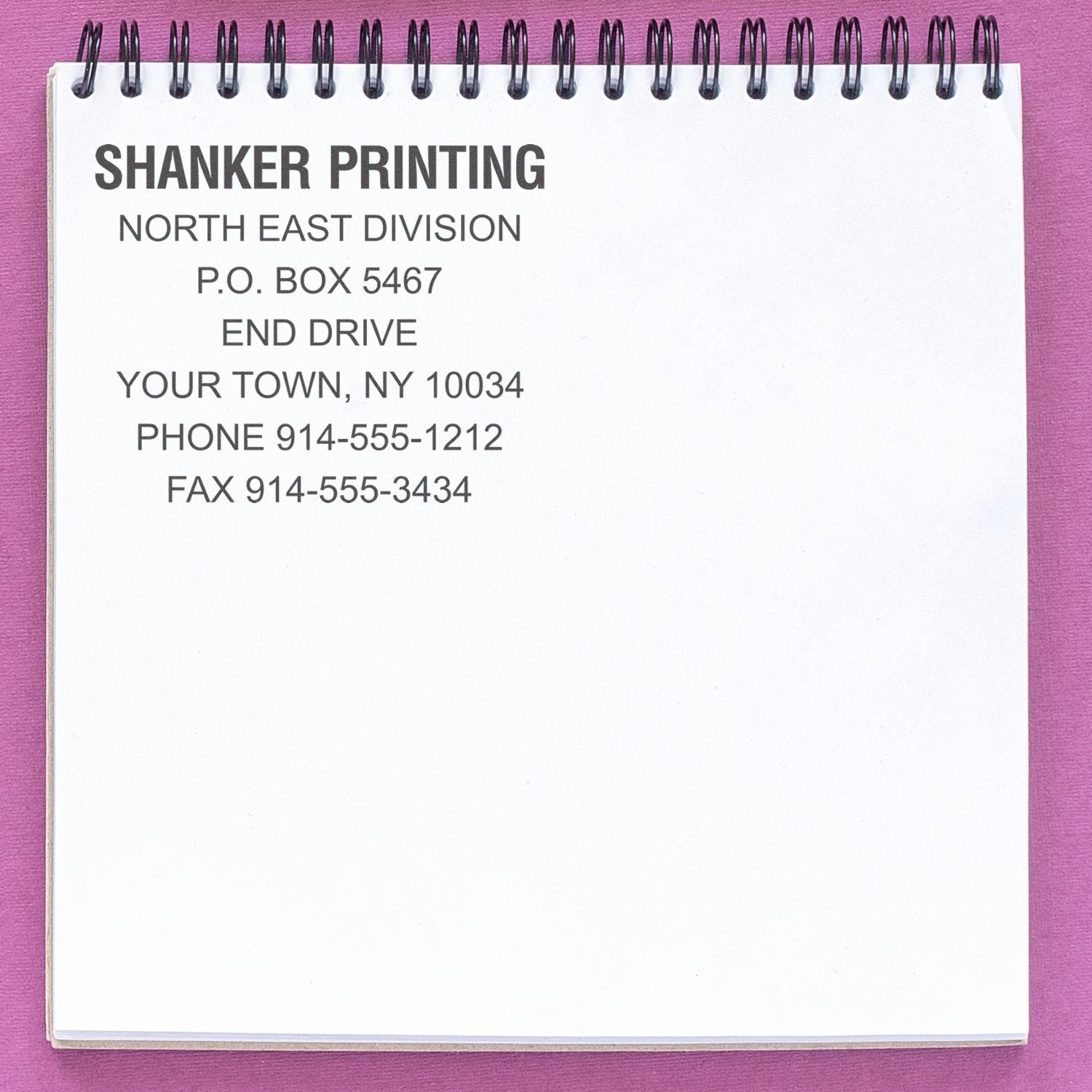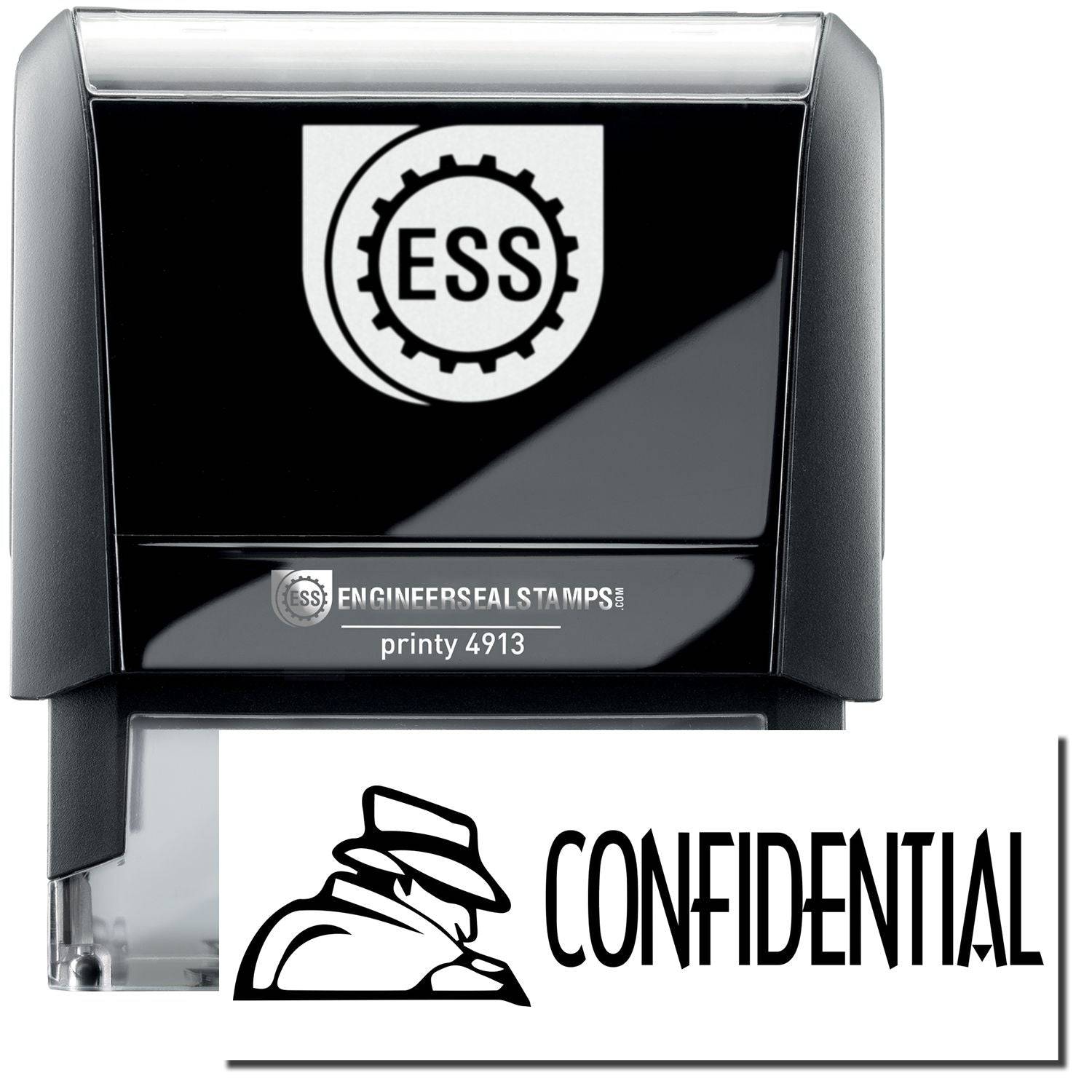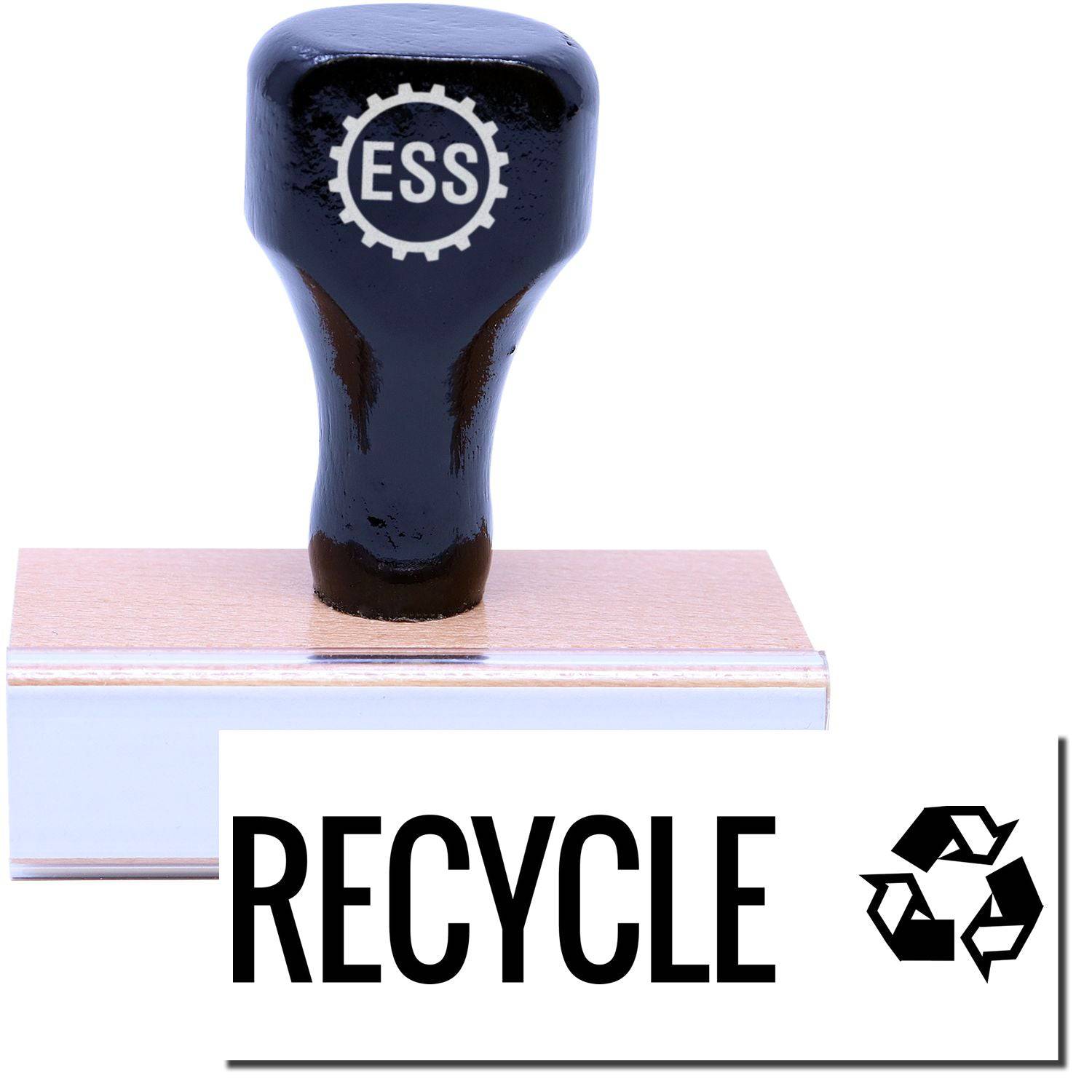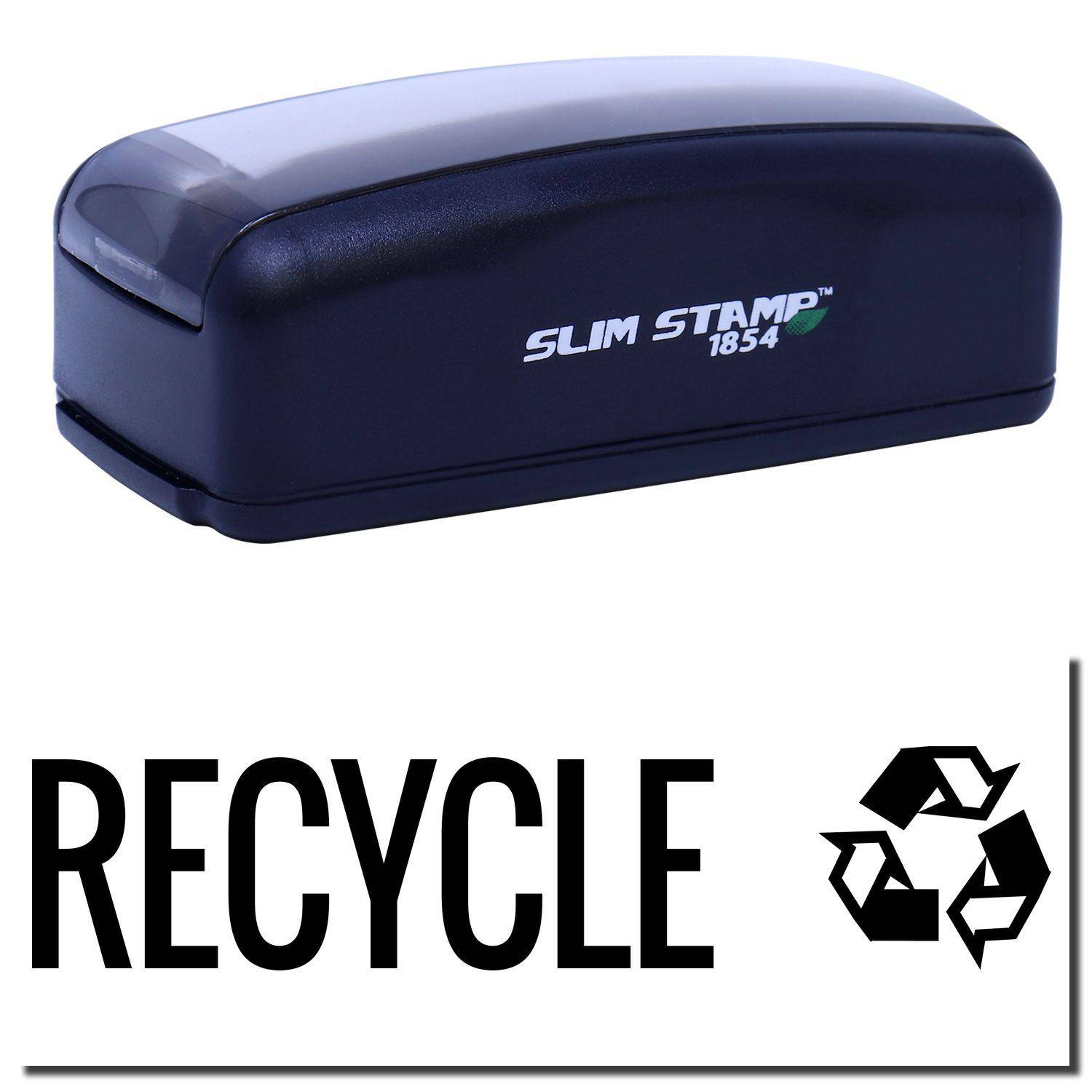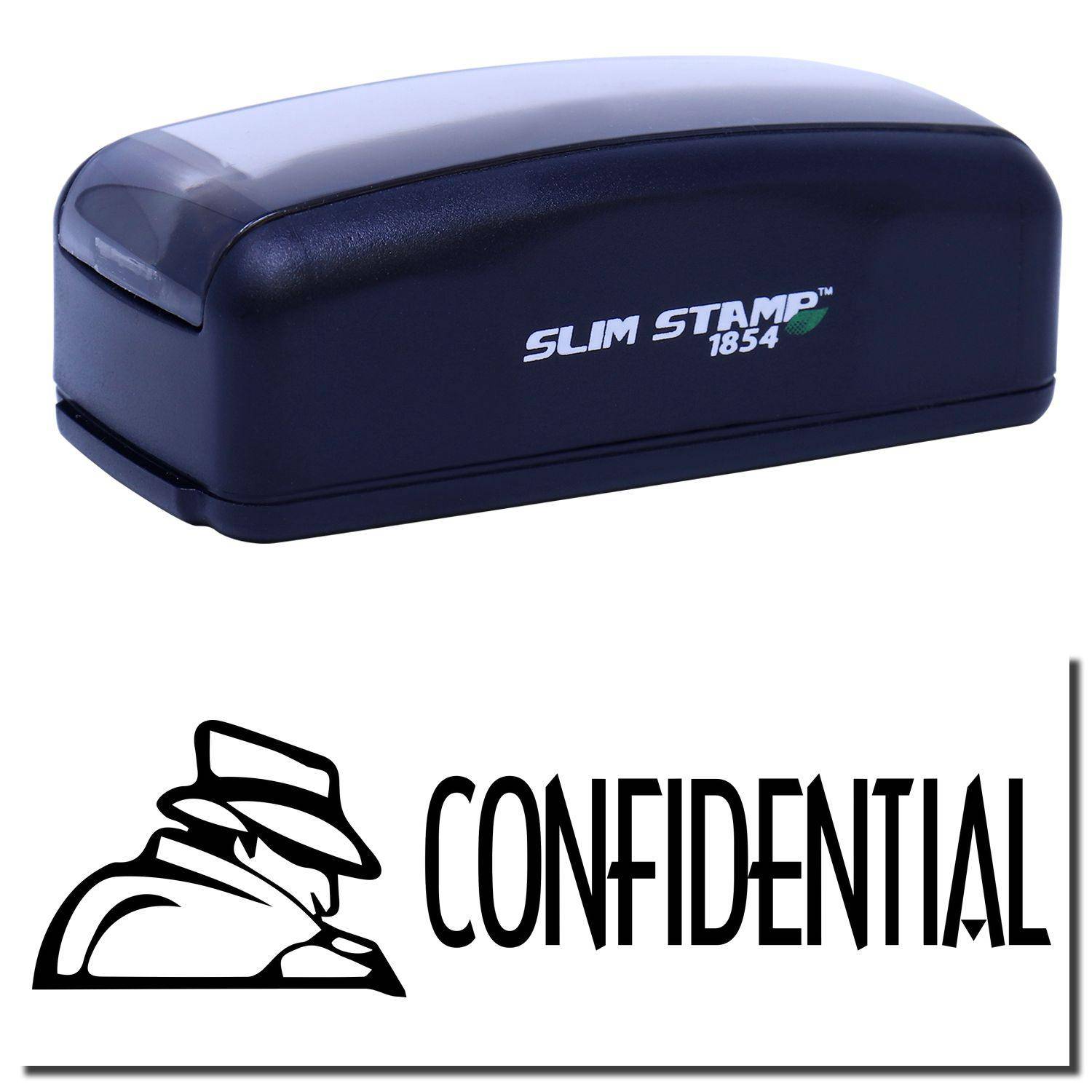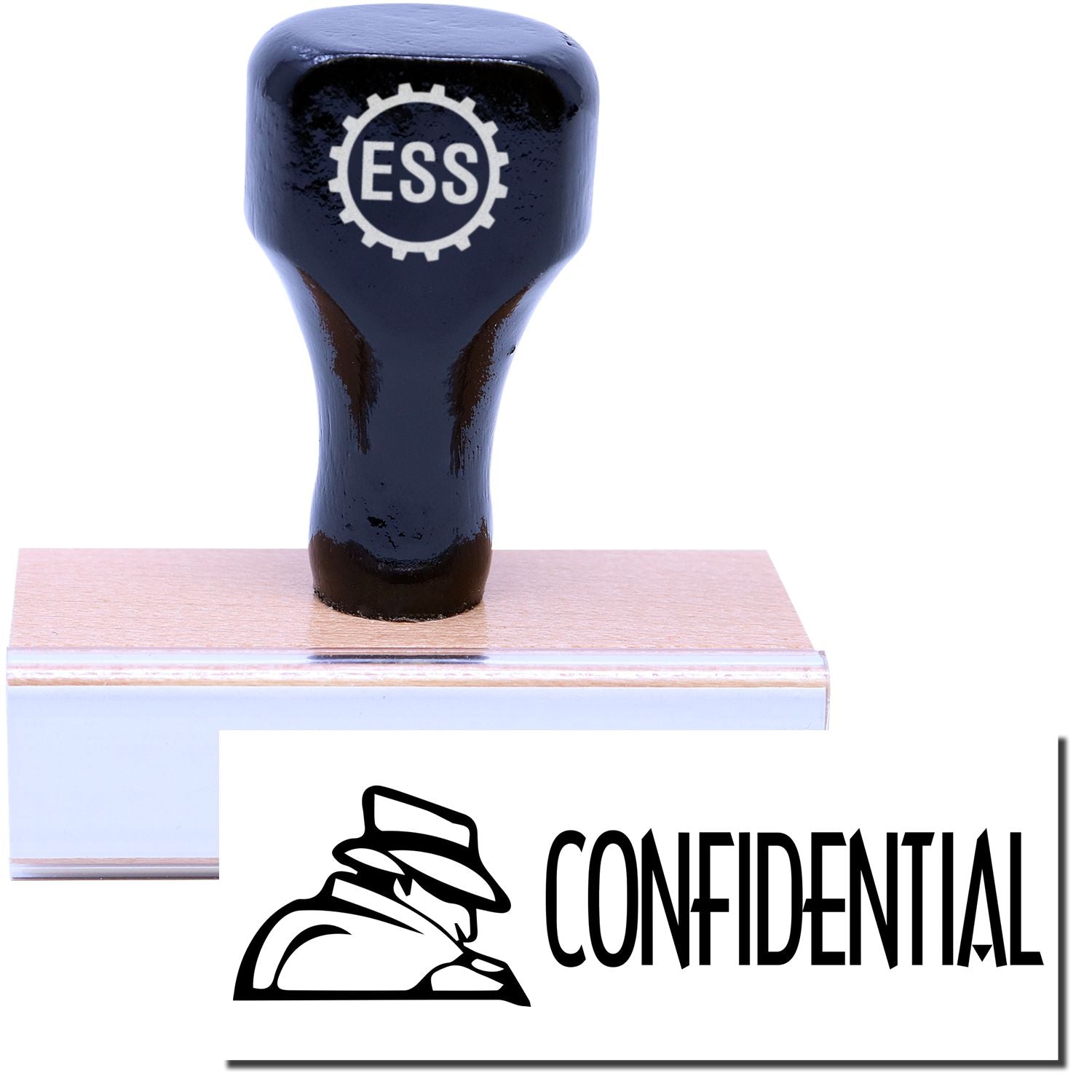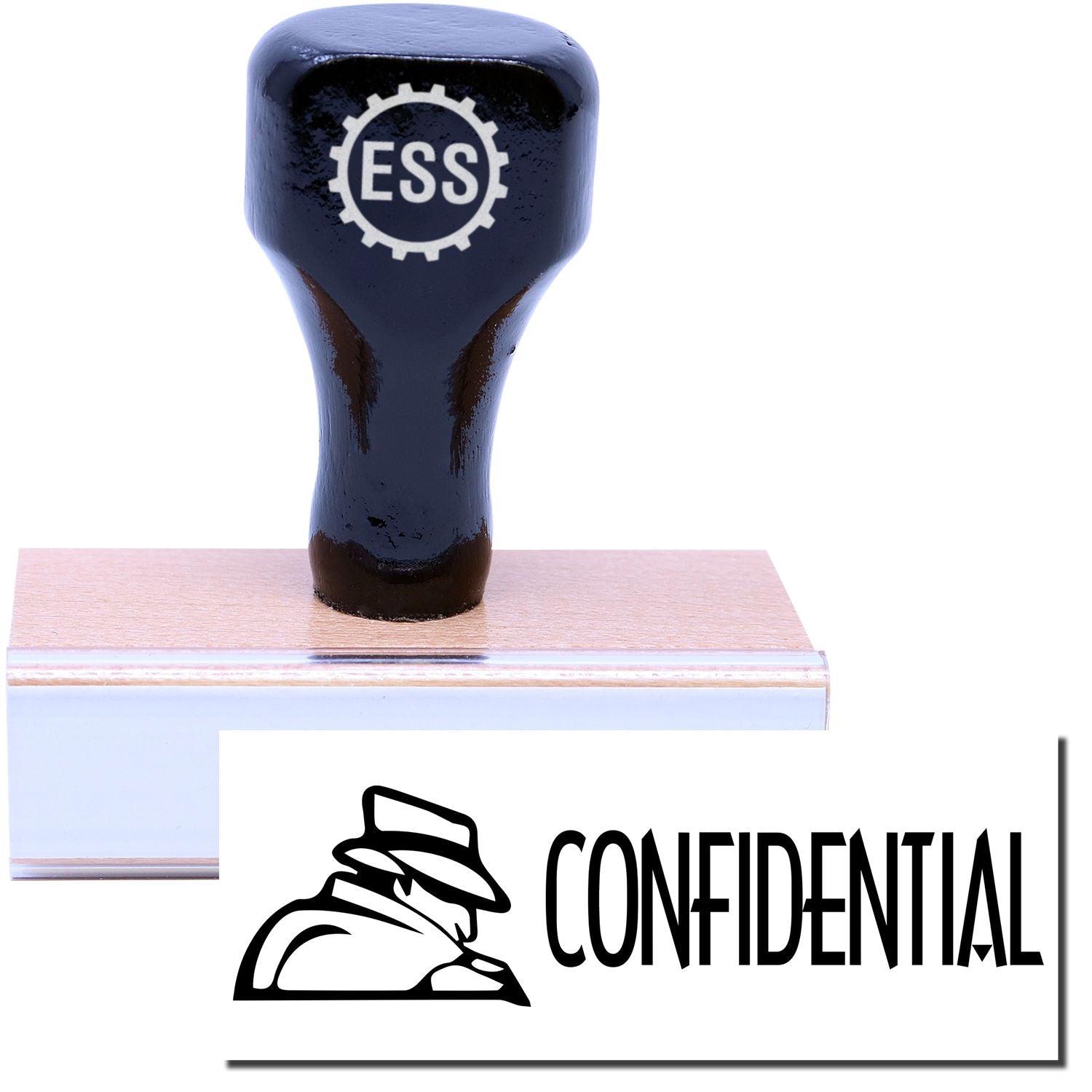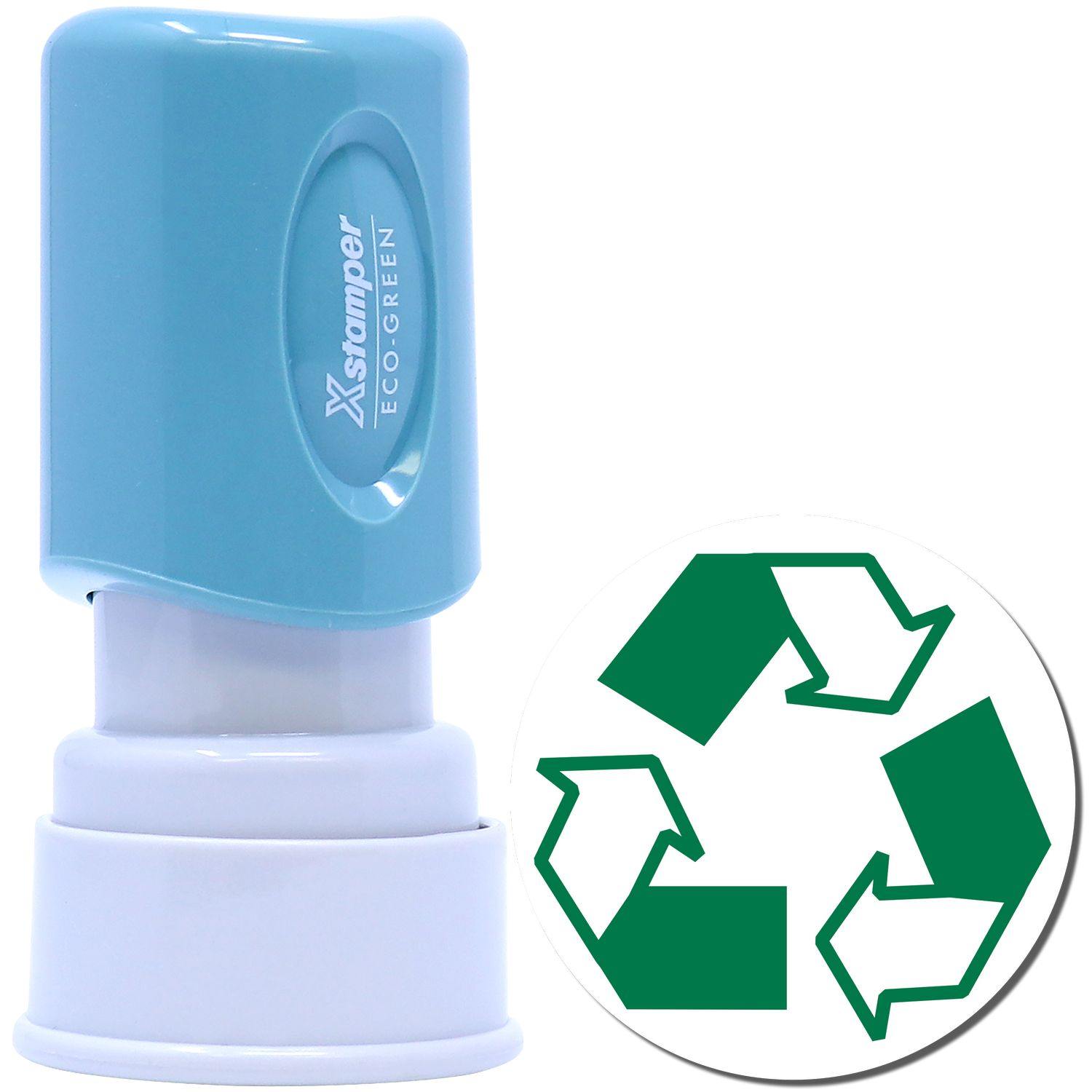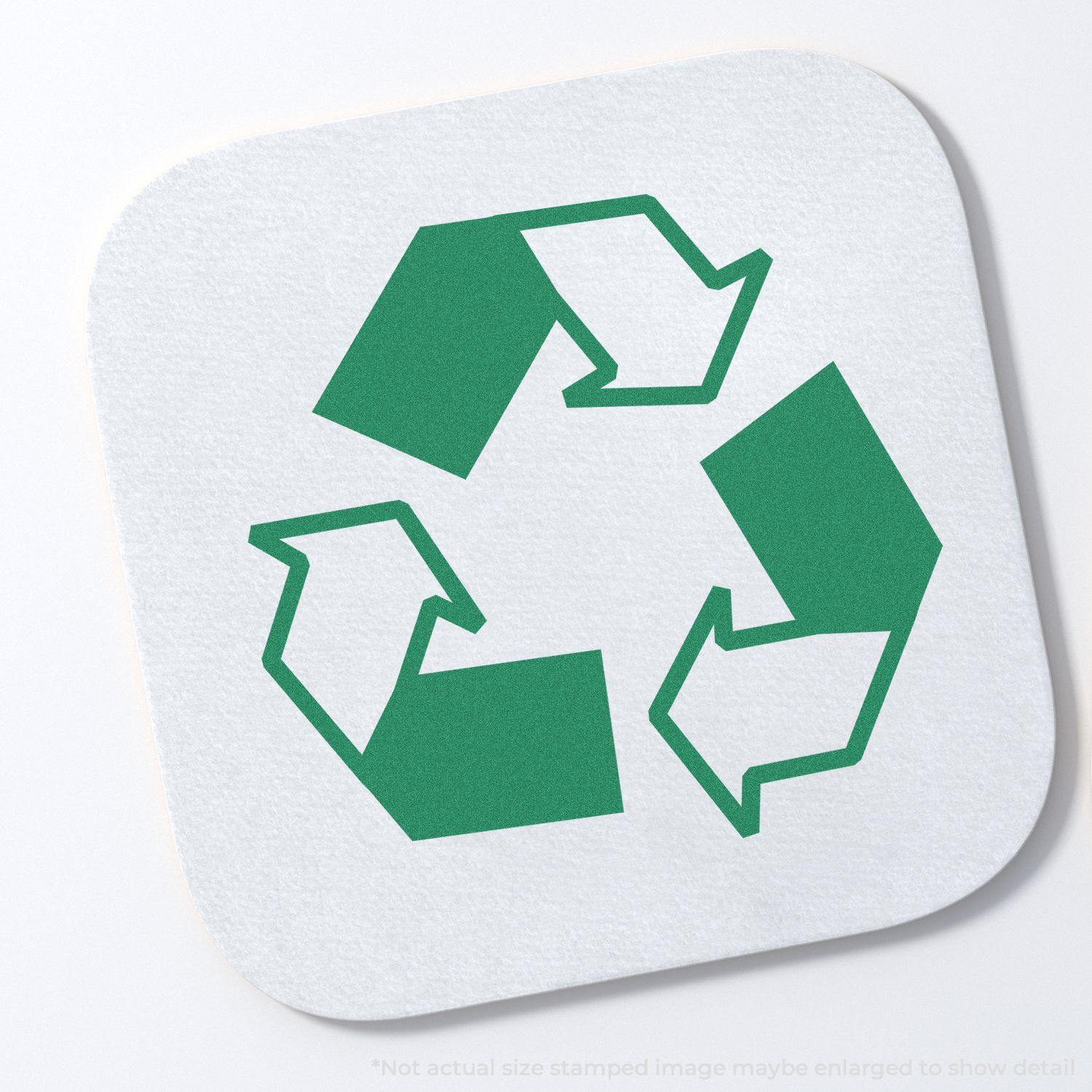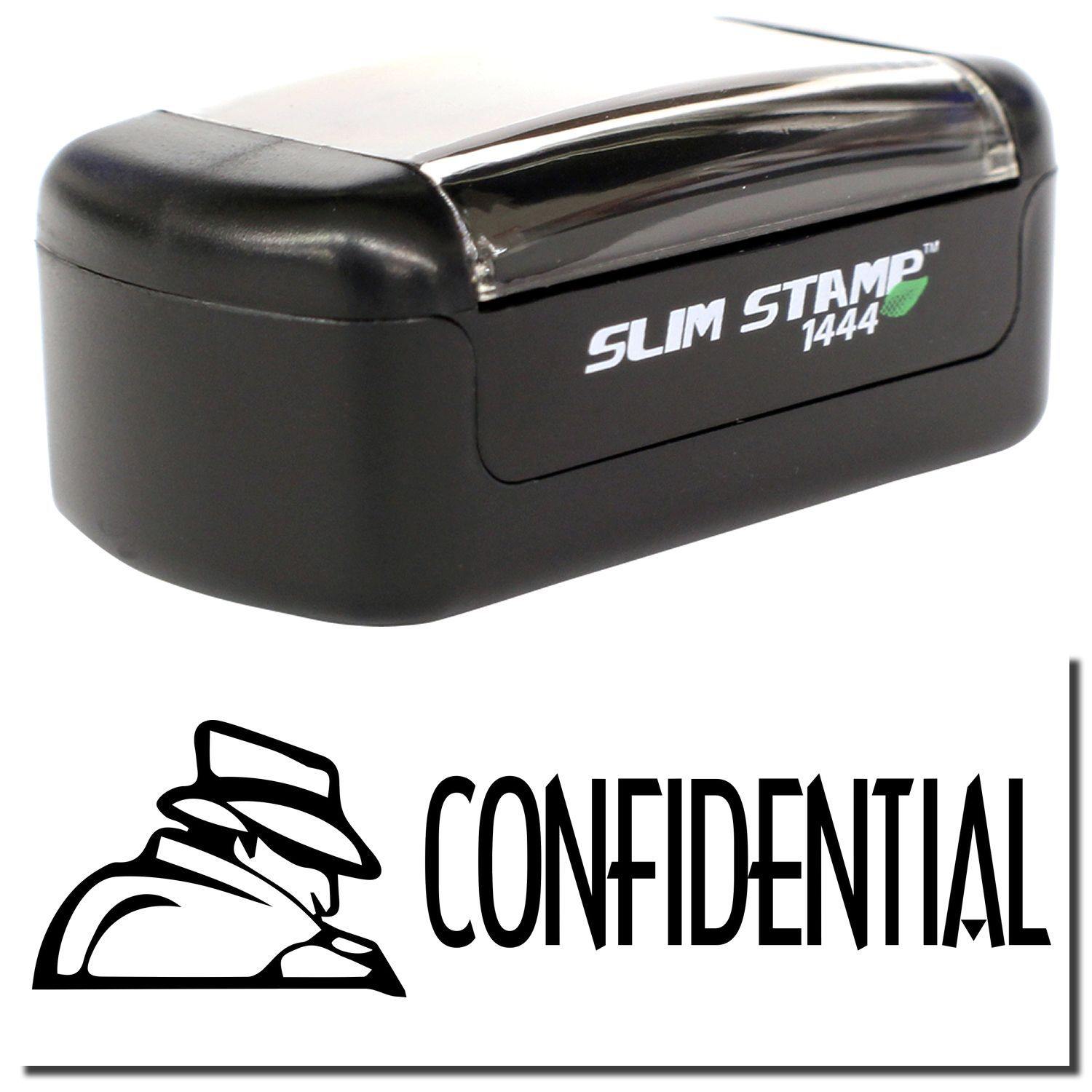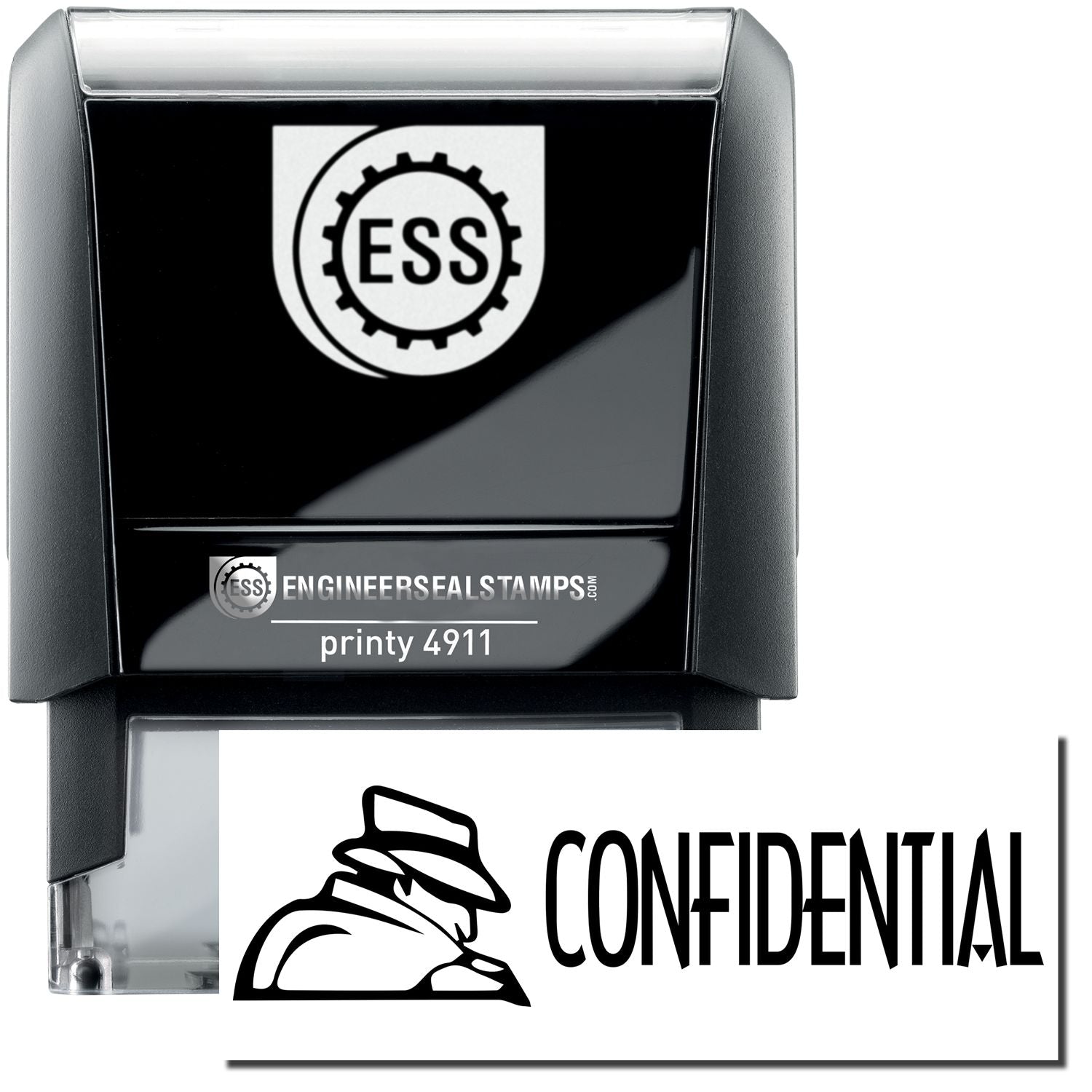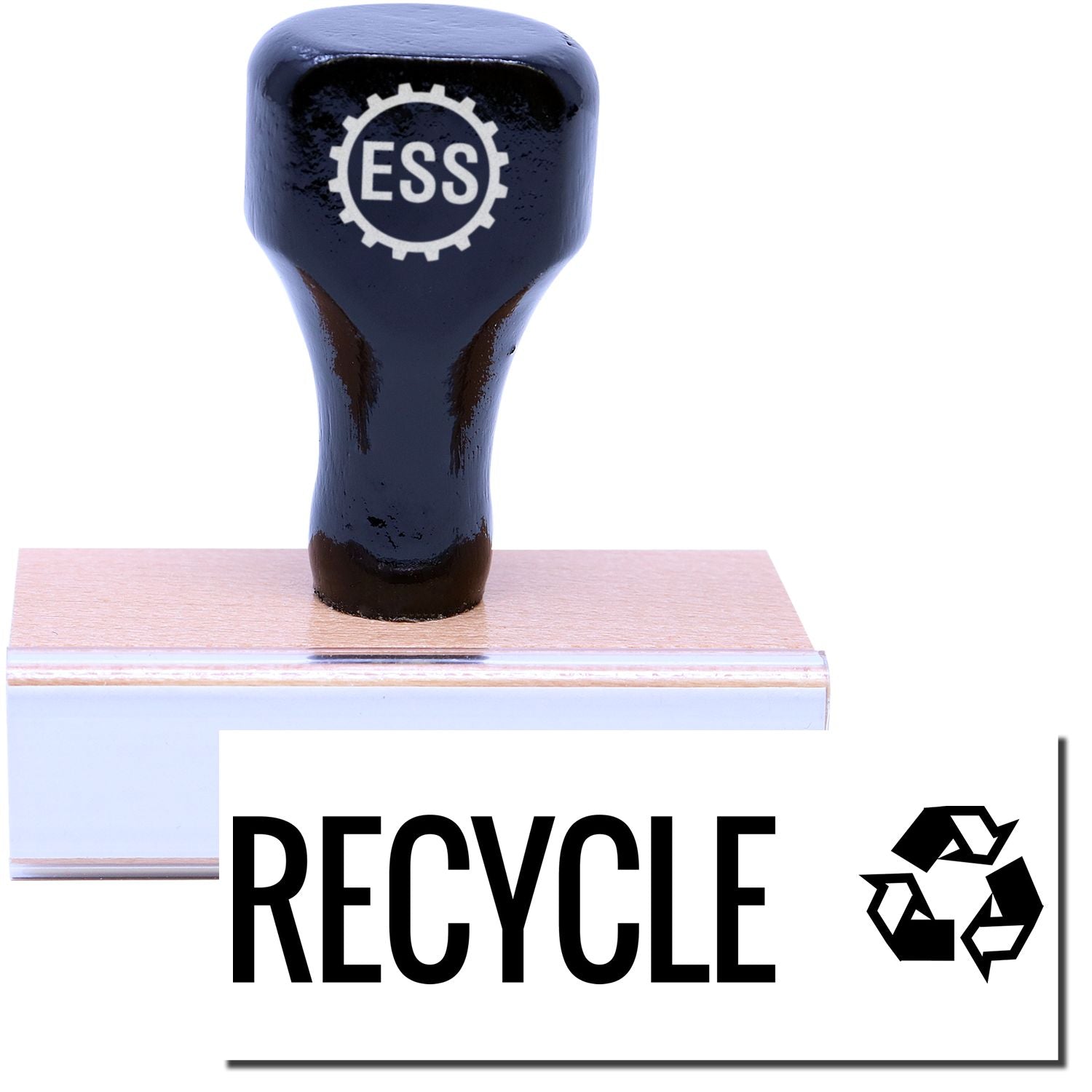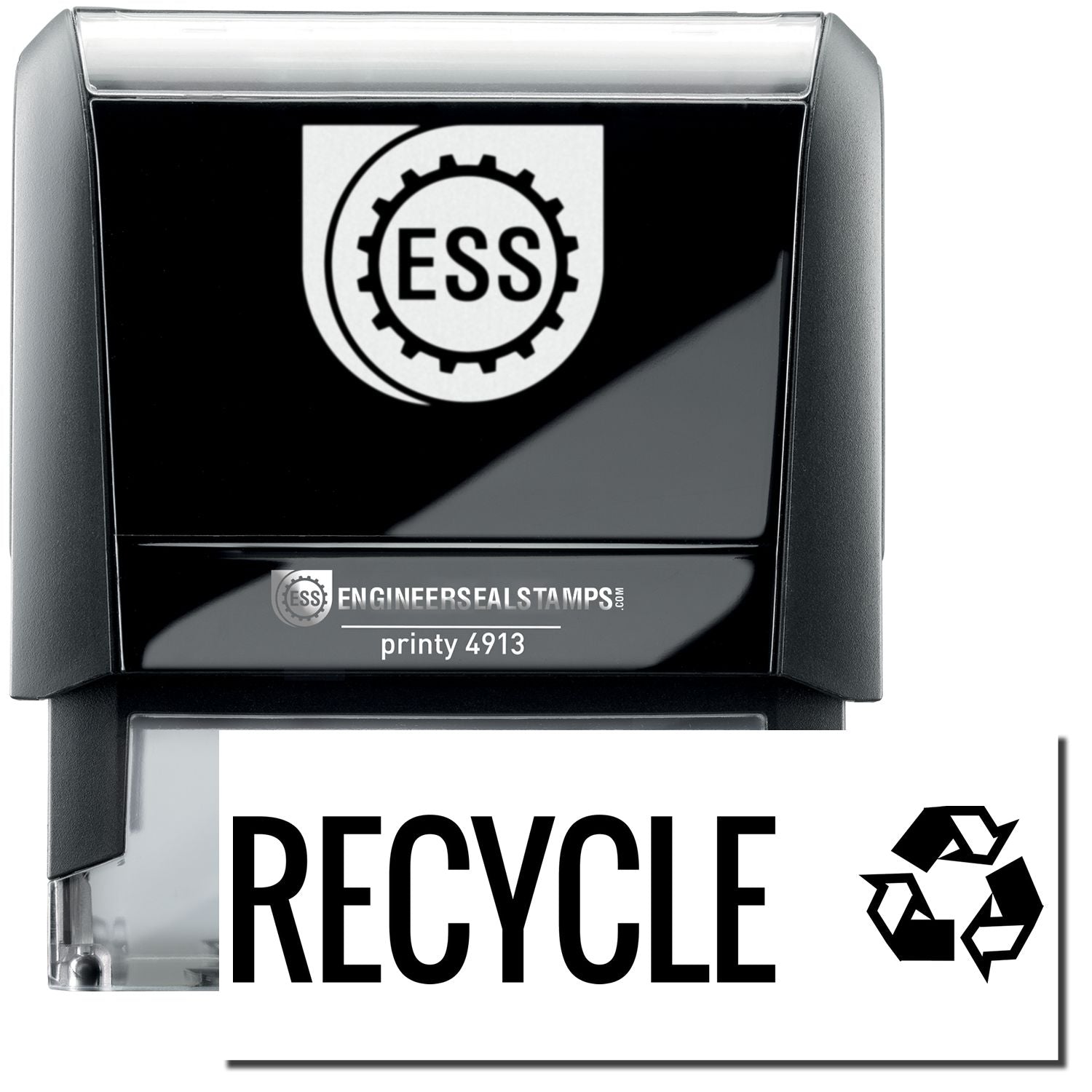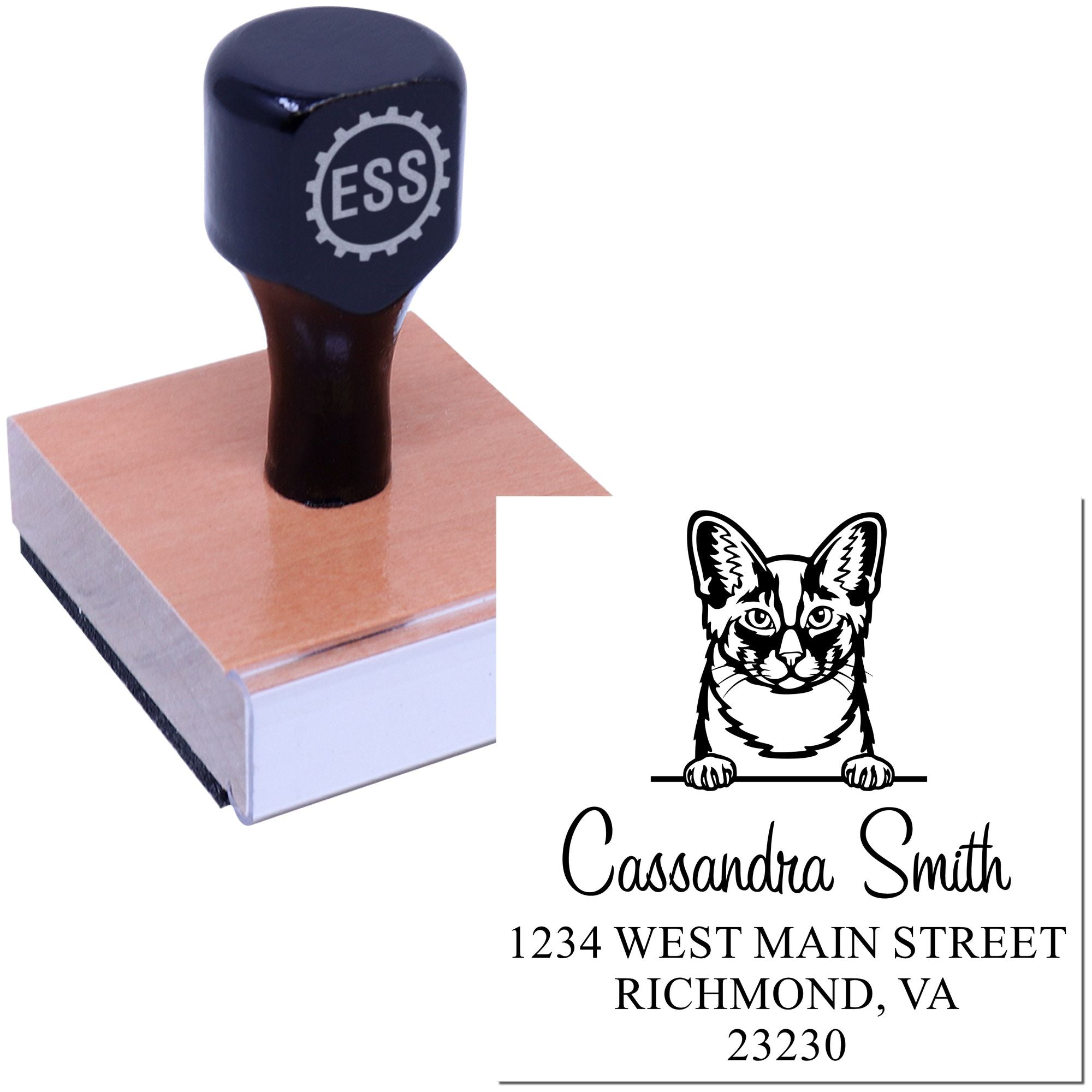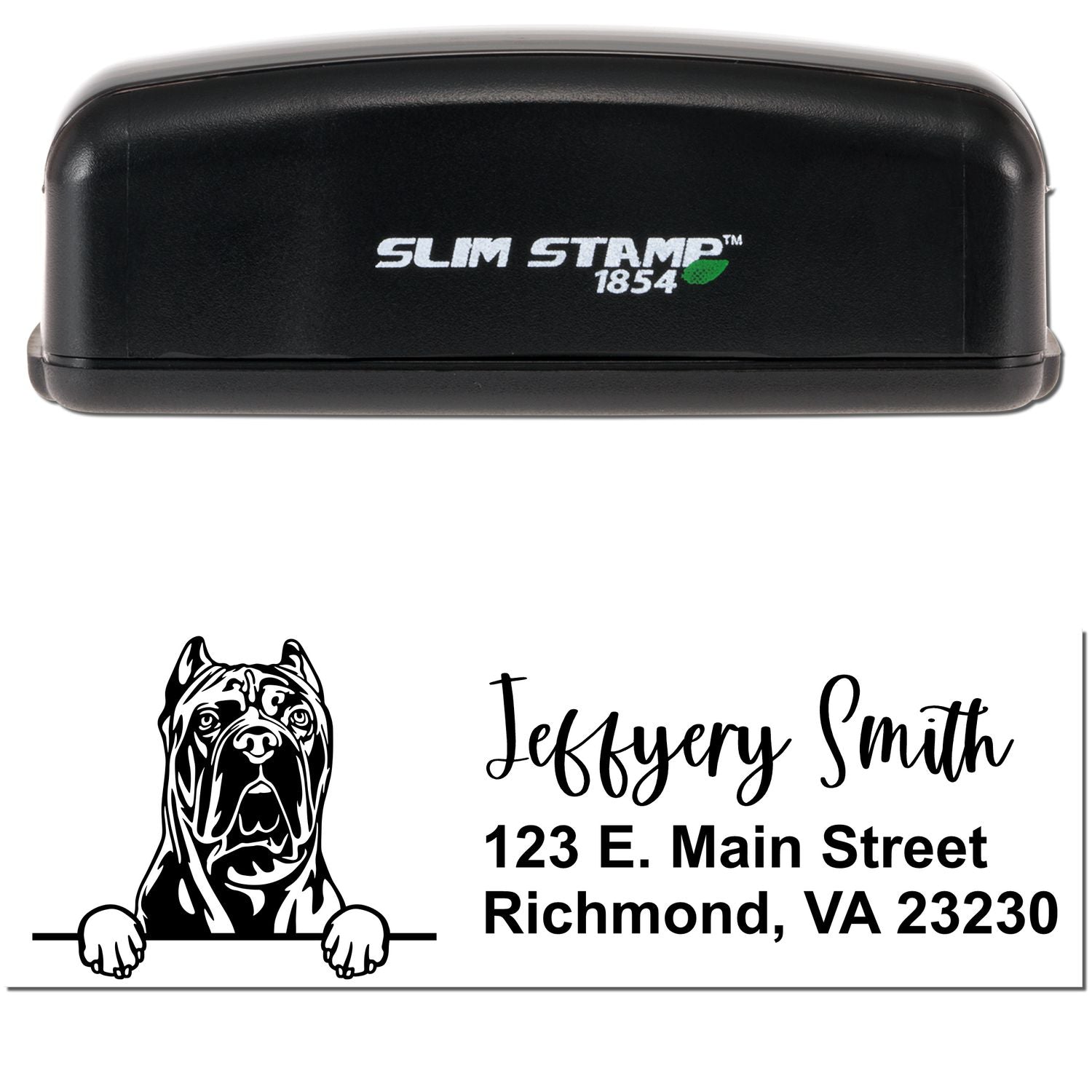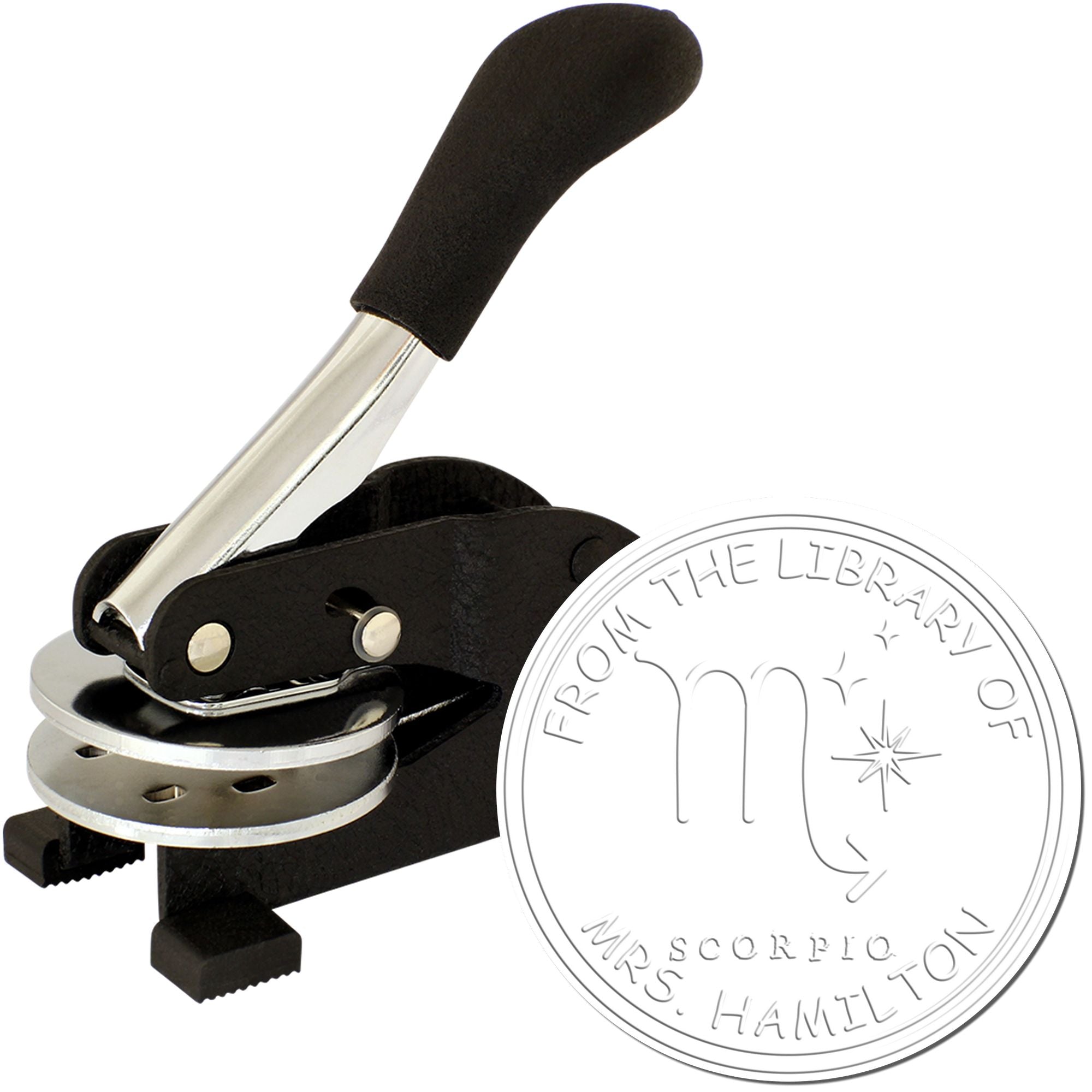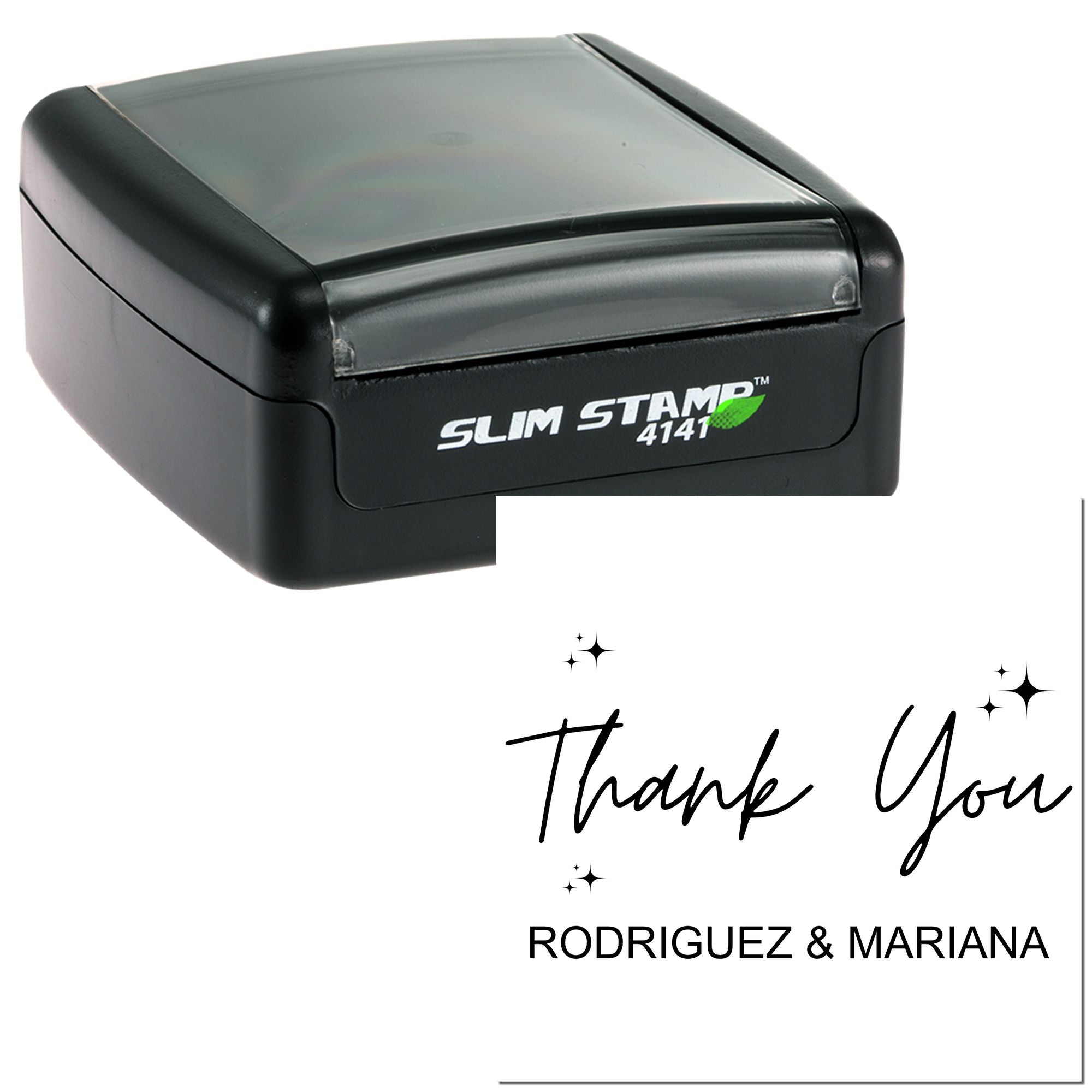The Importance of Warehouse Safety
Warehouse safety is of utmost importance in any business or industrial setting. Ensuring a safe working environment not only protects the well-being of employees but also contributes to the overall efficiency and productivity of the warehouse operations.
Why Warehouse Safety Matters
The significance of warehouse safety cannot be overstated. It is essential for several reasons. First and foremost, it prioritizes the well-being of employees. By implementing safety measures, businesses demonstrate their commitment to the health and safety of their workforce.
A safe warehouse environment also helps to prevent accidents and injuries. Warehouses often involve heavy machinery, high shelves, and potentially hazardous materials. Proper safety protocols, such as regular inspections and training programs, can significantly reduce the risk of accidents, minimizing the potential for injuries and associated costs.
Moreover, warehouse safety is crucial for regulatory compliance. Many countries have specific regulations and standards in place to ensure workplace safety. Compliance with these regulations not only avoids legal issues but also fosters a positive reputation for the business among stakeholders.
The Role of Inspections in Warehouse Safety
Inspections play a vital role in maintaining warehouse safety. Regular inspections help identify potential hazards, equipment malfunctions, and safety deficiencies. By conducting thorough inspections, businesses can proactively address these issues before they escalate into significant problems.
Inspections allow for the identification of areas that require improvement or modification. This includes ensuring that safety equipment such as fire extinguishers, emergency exits, and safety signage are properly maintained and readily available. Regular inspections also help identify potential risks related to storage, stacking, and handling of materials.
Inspection stamps are valuable tools in the inspection process. These stamps, such as custom inspection stamps, allow inspectors to mark items, documents, or equipment that have been inspected and deemed safe for use. They serve as a visual indication that necessary safety checks have been carried out, providing confidence to employees and stakeholders.
By utilizing inspection stamps, businesses can ensure accountability and traceability in their safety procedures. Inspectors can easily track the status of inspections and identify any areas that require attention or follow-up. This helps maintain a consistent and efficient safety inspection process within the warehouse.
In summary, warehouse safety is crucial for the protection of employees, prevention of accidents, and regulatory compliance. Regular inspections, supported by the use of inspection stamps, play a pivotal role in identifying potential hazards and maintaining a safe working environment. By prioritizing warehouse safety and conducting thorough inspections, businesses can maximize safety levels and promote a culture of safety within their operations.
Understanding Inspection Stamps
Inspection stamps play a vital role in maintaining warehouse safety and ensuring compliance with regulations and standards. Understanding what inspection stamps are and their benefits can help you make an informed decision when choosing the right stamp for your warehouse.
What are Inspection Stamps?
Inspection stamps are custom rubber stamps designed specifically for inspections. These stamps typically feature a standardized format that includes fields for important information such as inspection dates, initials or signatures, and any relevant notes or codes. They are used to mark documents, packaging, inventory, equipment, and other items to indicate that they have been inspected and meet the required standards.
Inspection stamps offer a convenient and efficient way to mark various items during inspections. They eliminate the need for handwritten entries, ensuring consistency and legibility. By using a stamp, inspectors can quickly and clearly indicate the outcome of the inspection, making it easier for warehouse personnel to identify items that have passed or failed inspection.
Benefits of Using Inspection Stamps
Using inspection stamps in your warehouse can bring several benefits, including:
1. Time-saving: Inspection stamps allow for swift marking of items, reducing the time spent on manual documentation. This helps streamline the inspection process, allowing inspectors to focus on other critical tasks.
2. Consistency: Inspection stamps provide a standardized format for marking items, ensuring consistency across inspections. This consistency is essential for maintaining accurate records and complying with regulations.
3. Legibility: The clear and precise impressions made by inspection stamps enhance legibility compared to handwritten entries. This reduces the chances of misinterpretation and facilitates easy identification of inspection results.
4. Documentation: Inspection stamps leave a permanent mark on documents, packaging, or other items, serving as a record of compliance and inspection. These marks can assist in traceability and auditing processes.
5. Customizability: Inspection stamps can be customized to meet the specific needs of your warehouse. You can include your company logo, inspection codes, or any other relevant information to make the stamp uniquely tailored to your requirements. Check out our article on custom inspection stamps for more information.
By utilizing inspection stamps, warehouses can enhance efficiency, accuracy, and compliance in their inspection processes. The choice between pre-inked, self-inking, or traditional rubber inspection stamps will depend on your specific requirements and preferences. To learn more about the different types of inspection stamps available, refer to our article on inspection stamps.
Types of Inspection Stamps
When it comes to choosing the right inspection stamp for your warehouse, there are several options available. Each type of inspection stamp offers its own set of features and benefits. In this section, we will explore three common types: pre-inked inspection stamps, self-inking inspection stamps, and traditional rubber inspection stamps.
Pre-Inked Inspection Stamps
Pre-inked inspection stamps are a popular choice for warehouses due to their convenience and efficiency. These stamps come pre-inked, meaning they already contain ink in the stamp pad. This eliminates the need for a separate ink pad, reducing the mess and ensuring consistent ink distribution.
One of the key advantages of pre-inked inspection stamps is their ability to produce thousands of impressions before needing to be re-inked. The ink is deeply saturated, resulting in clear and crisp impressions every time. These stamps are also known for their durability and longevity, making them a reliable option for regular use in a warehouse environment.
Self-Inking Inspection Stamps
Self-inking inspection stamps are another popular choice for warehouses. These stamps have a built-in ink pad that automatically re-inks the stamp after each impression. This eliminates the need to manually re-ink the stamp, saving time and effort.
Self-inking inspection stamps are known for their ease of use and efficiency. With a simple press, the stamp automatically retracts back into its housing, ready for the next impression. This makes them ideal for high-volume tasks that require frequent stamping.
Similar to pre-inked inspection stamps, self-inking stamps are designed to produce clear and consistent impressions. They are available in various sizes and customizable designs to meet the specific needs of your warehouse inspections. For more information on customizing inspection stamps, check out our article on custom inspection stamps.
Traditional Rubber Inspection Stamps
Traditional rubber inspection stamps, also known as hand stamps, are a classic option for warehouses. These stamps consist of a rubber stamp with a separate ink pad. They offer versatility and customization options, allowing you to use different colored inks and change the ink pad as needed.
While traditional rubber inspection stamps require manual re-inking and can be more time-consuming compared to pre-inked and self-inking stamps, they offer flexibility in terms of ink color and pad replacement. These stamps are often used for specialized inspections that require specific ink colors for different purposes.
When selecting a traditional rubber inspection stamp, it's important to consider the durability and quality of the rubber material. A well-made rubber stamp should provide consistent and clear impressions over time, ensuring the accuracy of your inspection marks.
Choosing the right type of inspection stamp for your warehouse depends on your specific needs, budget, and preferences. Assessing your requirements, considering your budget limitations, and making an informed decision will help you find the ideal inspection stamp to maximize safety in your warehouse environment. For more information on inspection stamps for different applications, check out our articles on inspection stamps for business, inspection stamps for manufacturing, inspection stamps for documents, inspection stamps for packaging, inspection stamps for inventory, and inspection stamps for equipment.
Factors to Consider
When choosing an inspection stamp for your warehouse, there are several factors to consider to ensure you make the right choice. These factors include durability and longevity, customizability and design options, and ease of use and portability.
Durability and Longevity
In a warehouse environment, where inspections are conducted frequently, it's important to choose an inspection stamp that is durable and built to withstand the demands of daily use. Look for stamps made from high-quality materials such as metal or heavy-duty plastic. These materials are resistant to wear and tear, ensuring that your stamp will remain in good condition for an extended period of time.
Additionally, consider the longevity of the stamp itself. Some stamps come with replaceable ink pads or cartridges, allowing you to easily refresh the ink when it starts to run low or dries out. This ensures that your stamp remains functional and produces clear, legible impressions for a long time.
Customizability and Design Options
Every warehouse has its own unique requirements when it comes to inspections. It's crucial to choose an inspection stamp that can be customized to meet your specific needs. Look for stamps that offer options for customizable text, including your company name, logo, or specific inspection codes. This allows you to create a stamp that aligns with your warehouse's processes and standards.
Consider the design options available for the stamp as well. Some stamps offer a choice of font styles, sizes, and the ability to include additional graphics or symbols. These design options can help improve the clarity and readability of the stamped impressions, making it easier to identify and track inspections.
Ease of Use and Portability
An inspection stamp that is easy to use and portable can greatly enhance efficiency in your warehouse. Look for stamps that feature a comfortable grip and ergonomic design, allowing for easy handling and precise stamping. Self-inking or pre-inked stamps can be particularly convenient as they eliminate the need for separate ink pads and reduce the mess associated with traditional rubber stamps.
Consider the size and weight of the stamp as well. A compact and lightweight stamp is much easier to carry around during inspections, especially if you need to move quickly between different areas of the warehouse. This ensures that you can easily access and use the stamp whenever and wherever it's needed.
By considering the factors of durability and longevity, customizability and design options, and ease of use and portability, you can select an inspection stamp that meets the specific needs of your warehouse. For more information on inspection stamps, check out our article on inspection stamps.
Choosing the Right Inspection Stamp for Your Warehouse
When it comes to selecting an inspection stamp for your warehouse, it's important to consider your specific needs, budget, and make an informed decision. Here are some key factors to keep in mind during the selection process.
Assessing Your Needs
Before choosing an inspection stamp, it's crucial to assess your specific needs. Consider the type of inspections conducted in your warehouse and the information you need to communicate through the stamp. Are you inspecting documents, packaging, inventory, or equipment? Understanding the specific requirements of your inspections will help you determine the size, design, and customizability of the stamp. For instance, if you frequently inspect equipment, you might need a larger stamp to accommodate detailed information. Explore our article on inspection stamps for more information on various applications.
Considering Your Budget
Budget is an important consideration when selecting an inspection stamp. Determine how much you are willing to invest in a stamp that meets your needs. Inspection stamps come in a range of prices, depending on factors such as the stamp type, size, customizability, and additional features. It's essential to find a balance between your budget and the quality and functionality of the stamp. Explore our article on custom inspection stamps to understand the various options available.
Making an Informed Decision
Making an informed decision involves researching and comparing different inspection stamp options. Look into different types of inspection stamps such as pre-inked inspection stamps, self-inking inspection stamps, and traditional rubber inspection stamps. Each type has its own advantages and considerations. For a comprehensive understanding of these types, refer to our article on self-inking inspection stamps and pre-inked inspection stamps.
Furthermore, consider factors such as durability and longevity of the stamp, as well as customizability and design options. You want a stamp that can withstand the demands of regular use and provide clear and crisp impressions. Customizability allows you to include specific information or company logos on the stamp. Finally, ease of use and portability are additional factors to consider, especially if multiple staff members will be using the stamp.
By assessing your needs, considering your budget, and making an informed decision, you can select the right inspection stamp for your warehouse. Remember to explore reputable suppliers and consult their experts for guidance throughout the selection process. Investing in a high-quality inspection stamp will help maximize warehouse safety and streamline your inspection procedures.
About ESS
At Engineer Seal Stamps (ESS), we aren't just makers; we're dedicated craftsmen passionate about bringing precision to your fingertips. Specializing in the creation of custom rubber stamps, professional seals, and notary stamps, our expertise is underpinned by a steadfast commitment to stellar customer service. Every ESS product isn't just a tool, but a promise—backed by our state board guarantee, ensuring that each seal and stamp you receive from us is of impeccable standard. Our dedication extends beyond the product; we pride ourselves on being responsive, attentive, and always in tune with our customers' needs. Choose ESS, where excellence meets assurance, and every impression counts.

